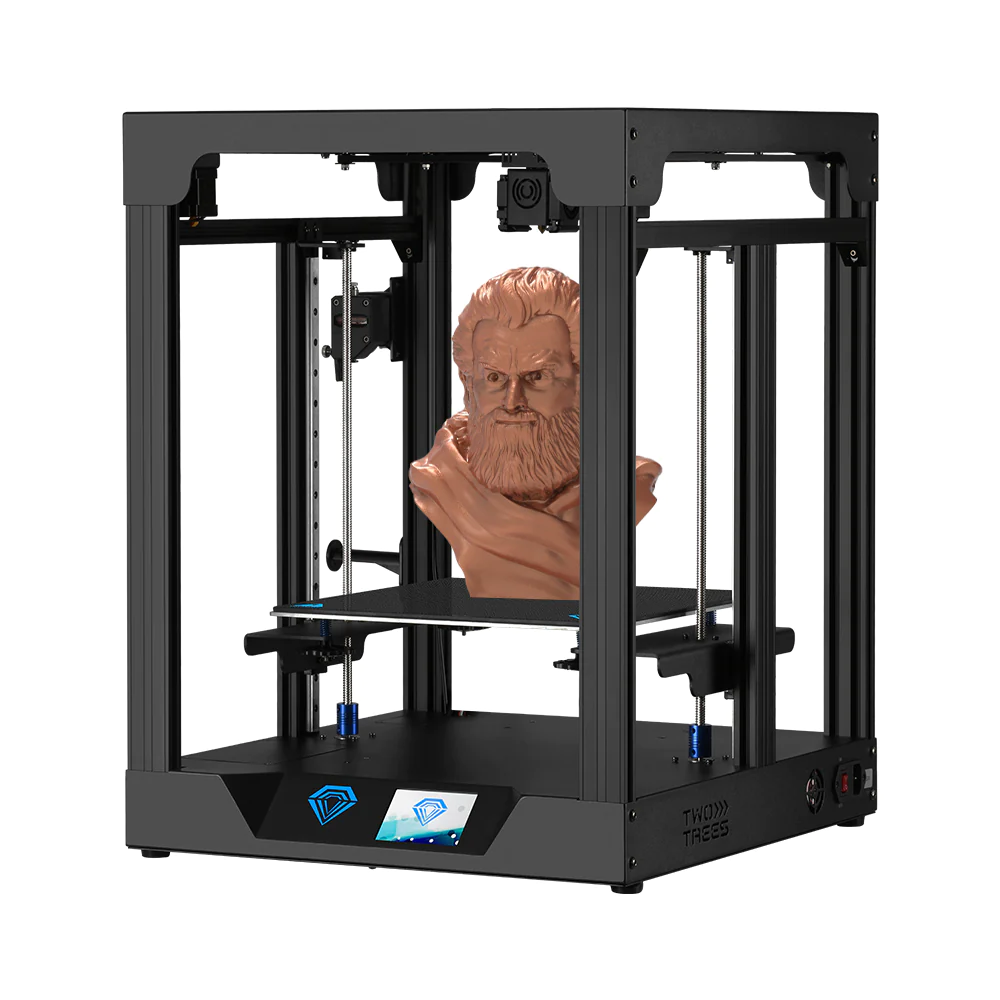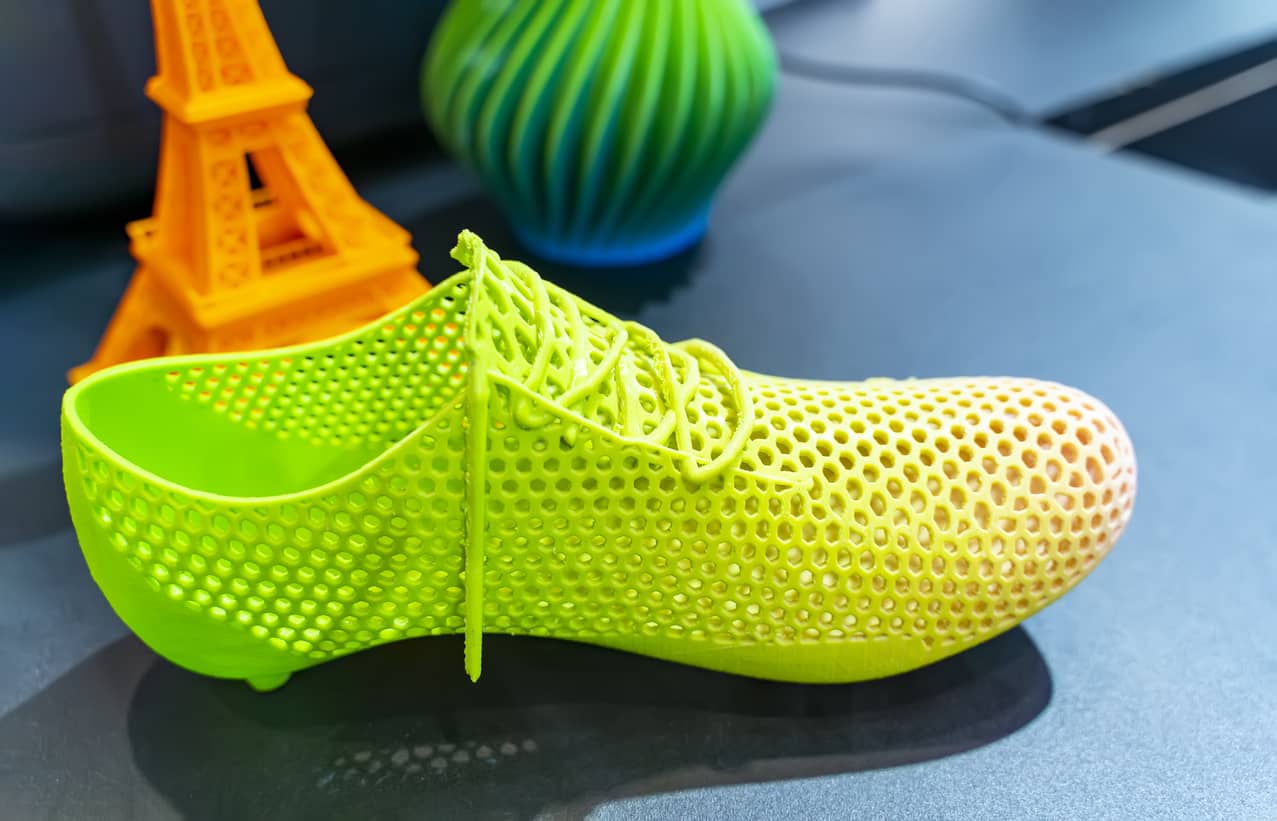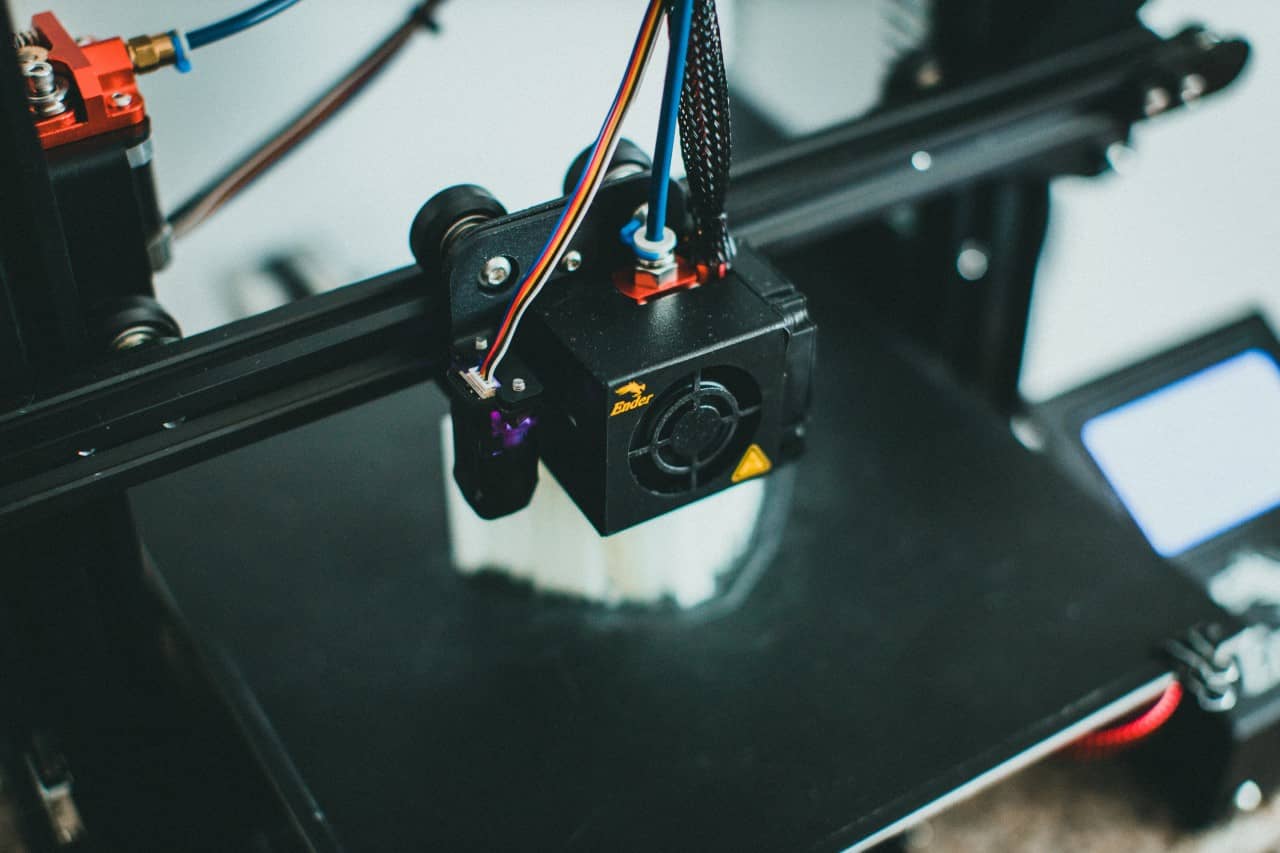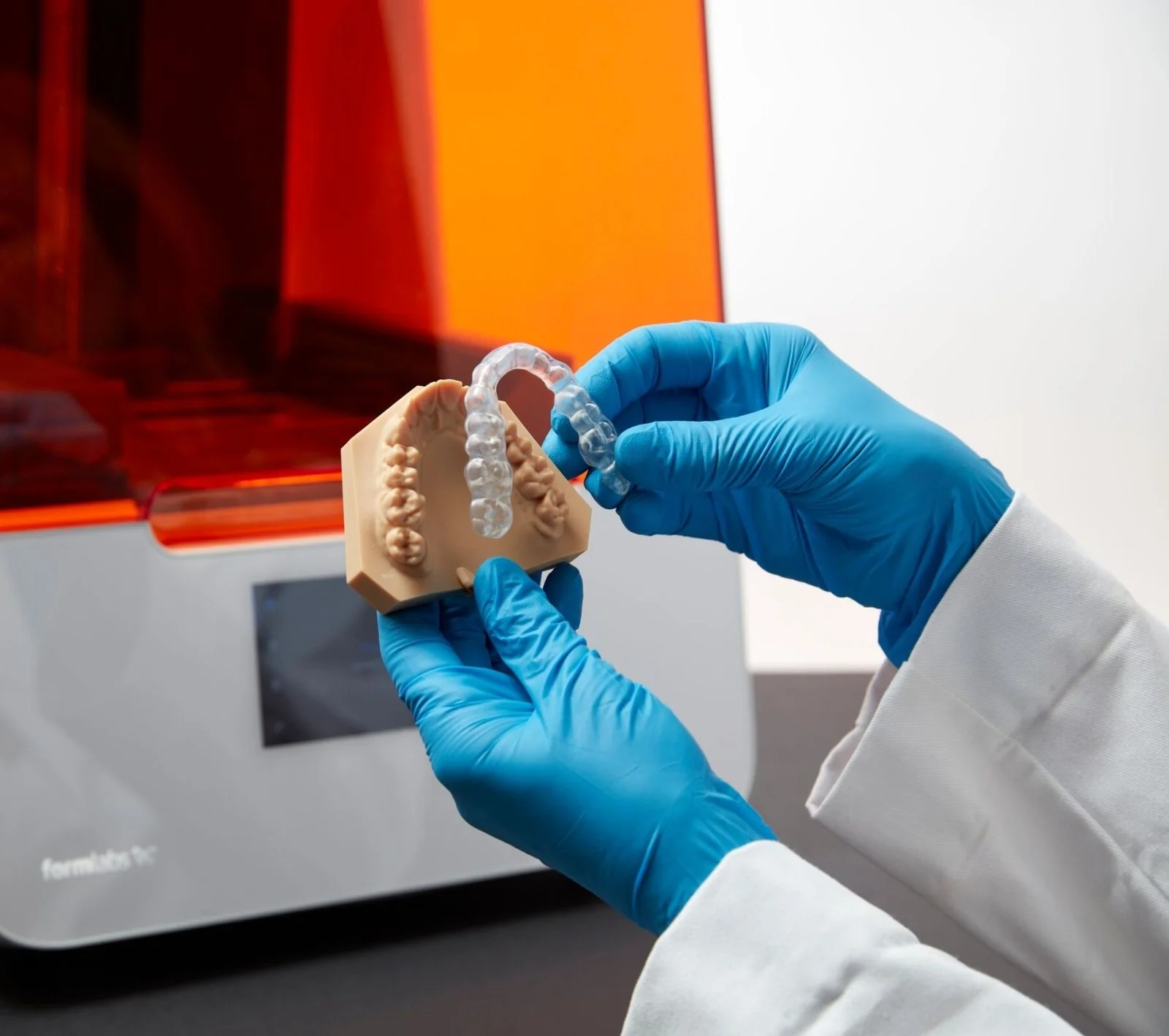Choosing the perfect 3D printer is like finding the key to unlock a world of endless possibilities. It’s like having a magic wand that can turn your imagination into reality. At 3D Printers Online, we understand the importance of finding the right printer for your needs, whether it’s for personal or professional use. With a wide range of options available, we can help you navigate through the vast sea of choices and find the perfect match. From the sleek and affordable Creality 2021 Ender 3 V2 Neo, to the high-performance Phrozen Sonic XL 4K 2022, we have something for everyone. Our showroom in Castle Hill is the perfect place to explore and experience the latest advancements in 3D printing technology. So let’s embark on this exciting journey together and unleash your creativity!
Types of 3D Printers
When considering the types of 3D printers available, we should take into account our specific needs and budget, as there are options for both personal and professional use. Personal 3D printers are designed for fun and games, and popular brands such as Creality and FlashForge offer models like the Creality 2021 Ender 3 V2 Neo and FlashForge Finder 3.0. These printers come with various features, such as easy-to-use interfaces and compact designs. On the other hand, professional 3D printers cater to specific industries and requirements. For dental models, the Phrozen Sonic XL 4K 2022 is recommended, while the DeltaWASP 2040 Industrial X is suitable for specialty filaments and technical designs. These professional printers offer advanced features and high-quality prints. It’s important to research different 3D printer brands and their features to find the perfect fit for your needs.
Considerations for Personal Use
One important factor to consider for personal use is the available space in our home or workspace. When choosing a 3D printer, it’s crucial to consider the dimensions and footprint of the printer to ensure it fits comfortably in our desired location. Additionally, we should also think about the cost considerations associated with owning a 3D printer. Apart from the initial purchase price, we should also factor in the cost of filament, maintenance, and electricity consumption. It’s essential to have a budget in mind and choose a printer that aligns with our financial capabilities. By considering both the space requirements and cost considerations, we can make an informed decision and choose a 3D printer that meets our personal needs and preferences.
Considerations for Professional Use
For professional use, we need to carefully assess our business requirements and select a 3D printer that aligns with our specific needs and goals. When considering a 3D printer for professional use, there are several key specifications to take into account. Firstly, the build volume of the printer is important, as it determines the size of objects that can be printed. Additionally, the resolution and accuracy of the printer should be considered to ensure high-quality prints. Another important factor is the compatibility with different materials, as certain industries may require specific filaments or technical designs. Finally, budget considerations are crucial, as professional-grade 3D printers can range in price. To assist in the decision-making process, we have provided a table below that compares different 3D printers for professional use based on these specifications and price range.
Frequently Asked Questions
What is the average lifespan of a 3D printer?
The average lifespan of a 3D printer can vary depending on several factors. However, with proper maintenance and care, a well-built 3D printer can last for several years. It’s important to consider the average cost of maintaining a 3D printer, which includes expenses like filament, replacement parts, and regular servicing. To extend the lifespan of a 3D printer, here are a few tips: regularly clean and lubricate moving parts, calibrate the printer regularly, use high-quality filaments, and store the printer in a clean and dust-free environment.
Can I use any type of filament with any 3D printer?
Using different types of filaments with different 3D printers has its pros and cons. Some printers are only compatible with specific types of filaments, while others offer more versatility. It’s important to check the specifications of your printer to ensure compatibility. Different filaments have different properties, such as strength, flexibility, and temperature resistance, so choosing the right filament for your project is crucial. Additionally, certain filaments may require specific printing settings or modifications to achieve optimal results.
How long does it take to learn how to operate a 3D printer?
Learning how to operate a 3D printer is a breeze! In just a blink of an eye, you’ll be creating stunning 3D prints. On average, the learning curve for operating a 3D printer is relatively smooth and can be mastered within a few weeks with consistent practice. To expedite your learning process, there are plenty of online resources available. Websites like 3D Printers Online offer tutorials, forums, and guides to help you become a pro. So, get ready to dive into the exciting world of 3D printing!
Are there any safety precautions I should take when using a 3D printer at home?
When using a 3D printer at home, it’s important to prioritize safety. To ensure a safe printing experience, there are a few precautions to keep in mind. First, always operate the printer in a well-ventilated area to avoid inhaling potentially harmful fumes. Additionally, be cautious when handling the heated printer bed and extruder to prevent burns. It’s also crucial to properly store and handle the filaments, as some materials can release toxic gases when heated. Avoid common mistakes like leaving the printer unattended or using incompatible materials to minimize risks.
Can I use a 3D printer to print objects with moving parts?
Yes, you can use a 3D printer to print objects with moving parts. However, it is important to consider 3D printer maintenance and be aware of common issues that may arise. Regularly cleaning and lubricating the printer’s moving parts can help prevent jams and ensure smooth operation. Troubleshooting common issues, such as misalignment or loose belts, can also help maintain the printer’s functionality. By following these maintenance practices, you can achieve successful prints with moving parts.




